Highway verge cutting
Page updated on: 14/07/2025
Every summer we undertake grass cutting operations along the roadside verges we are responsible for.
These operations have been carefully developed to safeguard the highway and preserve important areas of habitat.
We have a responsibility to maintain road safety for all users, ensure visibility, provide areas for pedestrians to step off the carriageway if there are no footways and to stop unwanted species establishing.
However we only cut the minimum required. In most places grass is only cut in one metre swathes in areas where growth is affecting road visibility and pedestrian safety, and many areas are cut earlier or later in the season to allow native species to flourish.
Hedges and boundary trees remain the responsibility of the adjacent landowner and should be regularly inspected and maintained. If trees or hedges are not properly managed, they can interfere with road safety, particularly at junctions or bends where they can compromise essential visibility.
Verge Cutting Notification
We would like to inform residents and road users that verge mowing will be taking place in the following areas:
Week of July 14th - B4556 – Penygroes to Llandybie and Mynyddygarreg / Trimsaran area
Dyffryn Rd, Saron
Please take extra care when travelling through these areas and follow any temporary traffic signs or instructions from site operatives. We appreciate your patience and cooperation as we carry out this work.
We cut the verges primarily for safety reasons to ensure:
- sufficient visibility is available for road users including visibility splays at junctions and forward visibility at bends, and where encroaching vegetation could cause a hazard for pedestrians, cyclists and other road users
- there is safe space at the side of the carriageway for road users who may need to step off the carriageway where there are no footways
- to prevent unwanted species establishing which can cause other problems.
We typically cut a minimum one-metre swathe to ensure that growth from the verge does not unreasonably restrict the highway width. Within village 30mph and 40mph speed limit areas, the verge is cut to full width.
Encroaching vegetation is cut to ensure visibility at splays and approaches to highway junctions; the inside of bends to maintain forward visibility; around safety fencing, lighting columns and approaches to and around highway signs.
We may also cut around seats, milestones and other roadside features including bridge parapets, and along certain stretches, where the verge is narrow or non-existent, the hedge bank is cut.
If you own land adjacent to the highway, please refer to our Guidance for Adjacent Landowners and the Public Highway (1MB, pdf)
We manage a highway network of over 3,500 km of roads within the county and in a predominantly rural county there can often be verges on both sides of the road which we need to maintain.
No, the South Wales Trunk Road Agency manages the A40, A48, A477 and A483. Landowners will also sometimes cut the verge when undertaking hedge trimming. Residents will also sometimes cut verges in the vicinity of their properties for aesthetic purposes in both the urban and rural environment.
We work with local contractors to undertake cuts on the routes we are responsible for.
Routes are normally cut once a year, but some selected areas may receive a second cut if it becomes necessary to ensure road safety.
The logistics of cutting over such a large area means cutting starts in June and runs through to around September/October.
Verge cutting is carried out using a tractor and flail and it is not practical or economical to collect, transport and dispose of grass cuttings.
Yes. Under the Environment (Wales) Act 2016 we must seek to maintain and enhance biodiversity in all areas of our work, including verge management.
Verges provide a rich and varied range of habitats for a variety of wildlife, providing food and shelter. They often represent remnants of important habitats that have become increasingly rare within today’s more agricultural landscape. They act as wildlife corridors and can help link the network of habitats across the county.
They often occur in conjunction with other important habitats for wildlife, e.g. hedgerows, ditches and woodlands and contribute to the visual appeal of the county’s landscape.
There are a number of ‘late-cut’ verges which have been identified as species-rich by the public. We record these verges in a database and providing health and safety is not an issue these are cut last. These verges are reviewed to assess the benefits of this management.
We routinely treat these invasive weeds on an annual basis as it can take several years to fully eradicate the plant from the infested area. The most effective treatment for Japanese Knotweed is herbicide whereas Himalayan Balsam can be cut by machine at the appropriate time.
